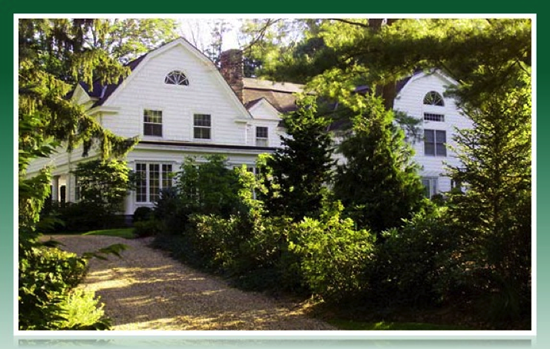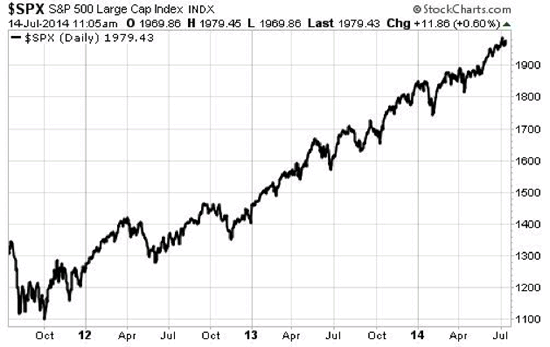Ivy Asset Strategy s Hot StreakKiplinger
Post on: 16 Март, 2015 No Comment

The talented Mike Avery gets great returns for his fund with his picks from around the world.
By Andrew Tanzer, May 12, 2008
For every slumping fund manager, such as Bill Miller of Legg Mason, there’s a rising star riding a hot streak like Mike Avery of Ivy Asset Strategy.
Over the past year through May 9, Asset Strategy, which Avery co-manages with Dan Vrabac and Ryan Caldwell, returned a sizzling 30%. Over the past five years, the fund (symbol WASAX ) has returned an annualized 20%. The fund handily beat the Dow Jones Moderate Portfolio index and the MSCI World Stock index over that period.
This is a story of flexibility and metamorphosis in Shawnee Mission, Kan. where Ivy’s adviser is based. If you have a manager with the talent and imagination of Avery, who is the chief investment officer of both Ivy Investment Management and the affiliated Waddell and Reed Investment Management, there’s no reason to cramp his style. Asset Strategy is free to roam, worldwide and to invest in stocks, bonds, currencies, precious metals and cash.
Until late 2002, the fund had most of its assets in the U.S. Then Avery and staff took a hard look at the U.S. economy, currency and consumer. They didn’t like what they saw. They still don’t. How do you make money in the U.S. where you have a tapped out, overleveraged consumer? asks Avery, who notes that total debt in the U.S. is now a large multiple of the size of the economy.
Advertisement
Starting in 2003, he began investing in global growth through the emerging markets, starting with China, and then expanding to India, Southeast Asia, Russia, Latin America, the Middle East and so on. The entire focus of the fund now is the emerging middle class in emerging markets, Avery says.
It’s not a zero-sum game. But, basically, he sees a shrinking U.S. footprint in the world — the U.S. has a slower growing economy and declining currency — but rapidly rising prosperity in the emerging markets.

Broadly speaking, Avery breaks economic development in the emerging markets into a couple of phases and invests accordingly. First, countries move from an agrarian stage to urbanization, which requires a massive build-out of infrastructure. Then, as wealth and the middle class grows, domestic demand and consumption blossom.
Avery divides the stock portion of the portfolio into two halves (stocks currently represent 74% of assets; precious metals, 9%; bonds, 6%; and cash, 11%). One-half goes to energy, materials and infrastructure-related stocks. Major holdings in this category include Fluor (FLR ), a major engineering and construction company; Southern Copper (PCU ), a Phoenix-headquartered metals company with big operations in Peru; and Veolia Environment (VE ), a French environmental-services concern.
The second half targets the goods and services that emerging market middle classes are purchasing with their growing discretionary income: health care, entertainment, financial services, food, telecommunications. In this camp large holdings include Ctrip.com (CTRP ), an online Chinese travel agency, China Mobile and Bunge (BG ), an agribusiness, food and fertilizer company.
You will not find Asian exporters in the portfolio. They are exporting to consumers we’re trying to stay away from in the U.S. Europe and Japan, says Avery.
Ivy Asset Strategy is sold through brokers and other advisers and, thus, comes in the usual bewildering array of fee permutations. The class A shares levy a maximum up-front sales charge of 5.75% and charge annual expenses of 1.13%. You may be able to get the fund without a sales charge if you work with a fee-based adviser. The initial minimum investment requirement is just $500.














